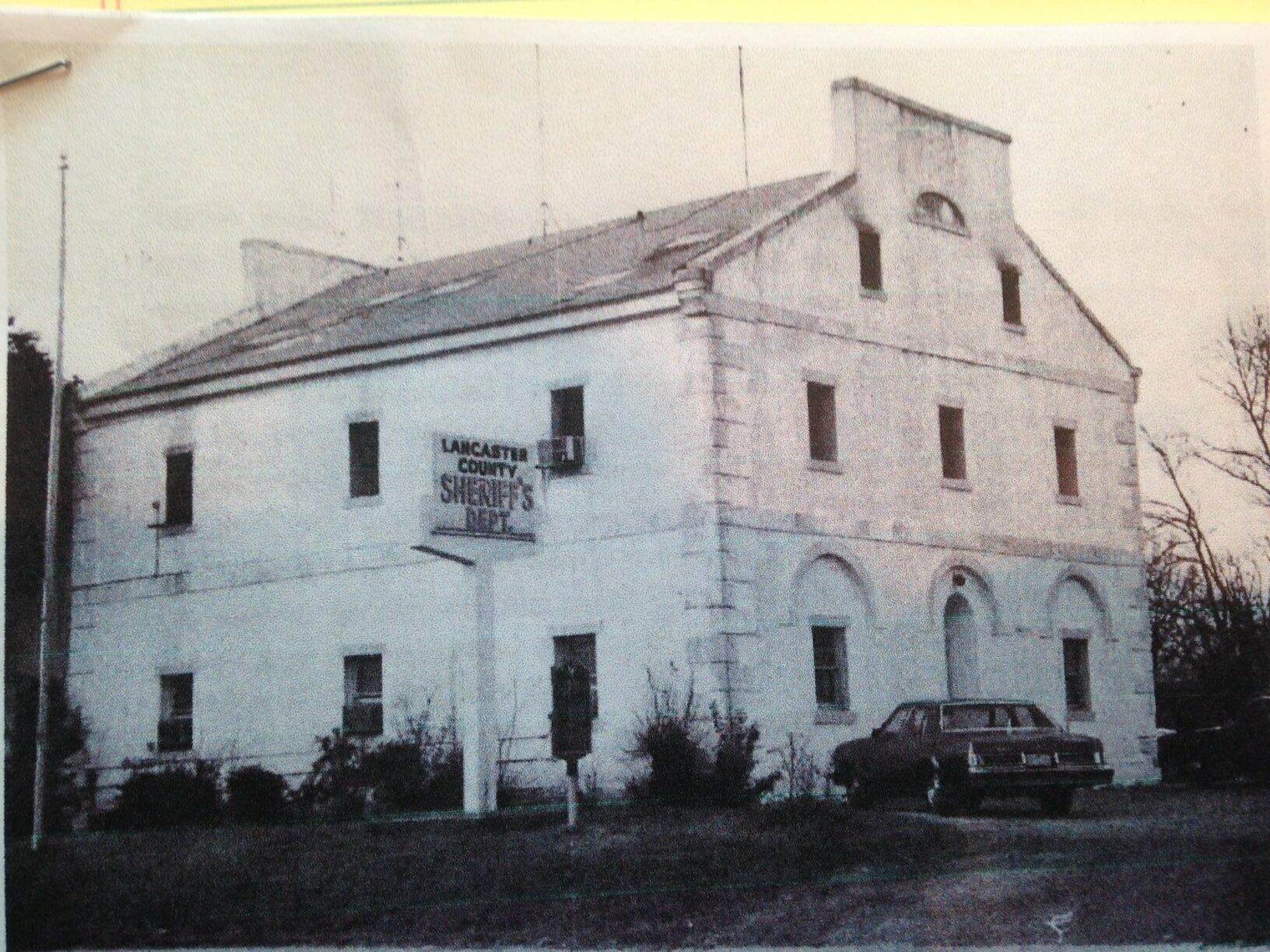December 5, 2019
 We are now well into the winter months, and for all of us it’s important to be reminded that fire safety should be a central focus as we go about our busy lives. Whether it’s at work, on shopping outings, taking in concerts/movies/church services, or simply enjoying a quiet evening at home, awareness to basic fire safety practices and precautions is particularly crucial.
Without lecturing the reader on specifics of fire prevention, this writer thought it might be of interest to step back in time to consider some of the more prominent fires in our history which have occurred in the month of December.
We are now well into the winter months, and for all of us it’s important to be reminded that fire safety should be a central focus as we go about our busy lives. Whether it’s at work, on shopping outings, taking in concerts/movies/church services, or simply enjoying a quiet evening at home, awareness to basic fire safety practices and precautions is particularly crucial.
Without lecturing the reader on specifics of fire prevention, this writer thought it might be of interest to step back in time to consider some of the more prominent fires in our history which have occurred in the month of December.
Our Lady of Angels School (Chicago, Ill.) 12/1/1958…95 dead
Stouffer’s Inn (Westchester, N.Y.) 12/4/1980…26 dead
Brooklyn Theater Fire (New York) 12/5/1876…295 dead
Winecoff Hotel (Atlanta, Ga.) 12/7/1946…119 dead
Kerns Hotel (Lansing, Mich.) 12/11/1934…34 dead
Pioneer International Hotel (Tucson, Az.) 12/20/1970…28 dead
Hotel Roosevelt (Jacksonville, Fla.) 12/29/1963…22 dead
DuPont Plaza Hotel (San Juan, Puerto Rico) 12/31/1986…97 dead
Iroquois Theater (Chicago, Ill.) 12/30/1903…602 dead
Worcester Warehouse (Worcester, Mass.) 12/3/1999…6 Firefighters dead
And, of course, South Carolina has not been immune to tragic fires caused by negligent or careless acts resulting in deaths. On December 3, 1974, the Ringling Brothers-Barnum & Bailey Circus train was traveling through our state in the early morning hours headed to Florida for the winter. When the train passed through Lake City, smoke was observed by witnesses coming from one of the sleeper coaches. A call was made to the yard master in Florence to alert the train’s engineer to stop the train as quickly as possible. The train was traveling at nearly sixty miles per hour causing the coach to become somewhat like a “blow torch.” Unfortunately, the train had traveled nearly fifteen miles south of Kingstree before the message was received and the train could be brought to a stop. Firefighters from Kingstree were dispatched about 6:45 A.M. but were not given a specific location of the train other than it was near the community of Lane. Firefighters and apparatus were not able to access the burning car until the trained backed several miles to a crossing. The fire was contained to the one coach which was completely gutted. Sadly, four of the personnel and performers died in the fire, one victim having jumped from the speeding train with her clothes on fire. Although the train was 30 cars long and carrying animals, performers and equipment, the sleeper coach was the only car involved. On personal note, this writer was employed at the time by the Office of State Fire Marshal and was assigned the task of investigating the fire and ultimately providing a report to NFPA. I, along with other authorities, concluded the fire started from a hotplate either through carelessness or malfunction. Another well publicized fire in South Carolina occurred during the early morning hours of December 17, 1979, in the City of Lancaster at the Lancaster County Jail and claimed the lives of eleven inmates. According to the NFPA Journal, “the fire originated in materials stored in a cellblock walk-around area. Although the fire was confined to the cellblock of origin, heavy smoke and heat spread throughout the jail, hindering rescue attempts.” Interestingly, the building was listed on the National Register of Historic Places because it was designed by the famous Robert Mills, a colonial architect, some 156 years earlier. Mills also designed the Washington Monument and many other prominent edifices around the country. The Lancaster Fire Department responded to the scene within two minutes of notification and were faced with terrible smoke conditions from the second floor and attic. This writer interviewed retired Lancaster Fire Chief Chuck Small about his experiences at this fire as well as another retired Chief, Marvin Timmons, whose memories of the fire remained fresh and vivid in their minds. The cause of the fire remains undetermined. However, there were a number of contributing factors, ie. combustible storage, inability to release trapped inmates, only one jailer on duty, and lack of adequate fire protection features or secondary means of egress. Unwanted fires at any time of the year are tragic, but the month of December is traditionally a particularly vulnerable period that should cause everyone to think “fire safety.”
 Back to Firewire
Next Post
Back to Firewire
Next Post
